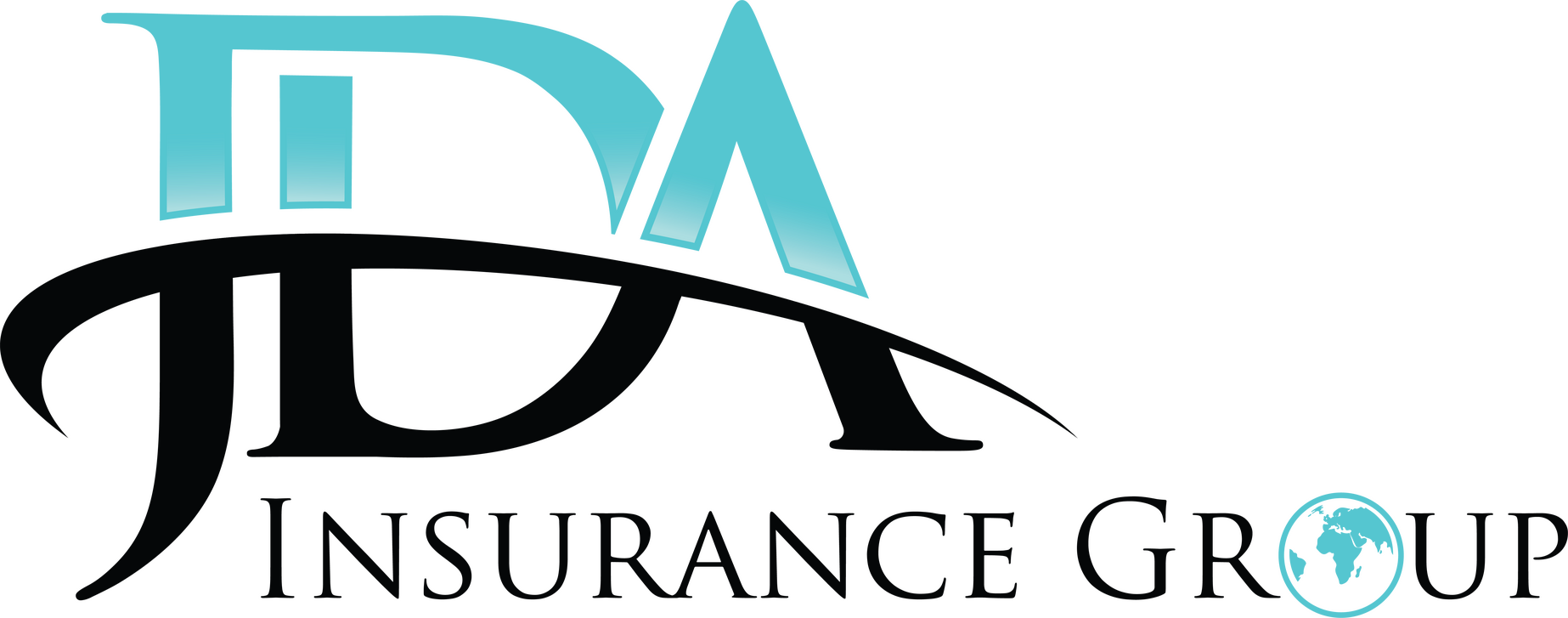The coverage you have depends upon the type of policy you have. Unlike auto insurance, where the policies are pretty much the same, homeowners policies can be quite different, depending on the “form” number. The most common types of homeowner policies are:
- HO1 Basic or Standard policy
- HO2 Broad form
- HO3 Special (All Risk)
- HO4 Renters policy
- HO6 Condo policy
- HO8 Older Home Policy
All homeowner policies are “package” policies. You get a group of coverages packaged into your policy for one overall premium. They include coverage on your building, your contents (furniture, clothing, etc.) and liability insurance in case you are sued, under the same policy.
The HO3 policy is, by far, the most commonly sold policy. It covers everything the HO2 policy covers and more. Instead of listing the perils that are covered these policies cover all damage to the building except what is excluded. The usual exclusions are: wear and tear, termites, rotting, collapse of septic tank, flood, war, earthquake and a few others.
Most policies cover your contents or belongings only for the perils named in an HO2 policy so wear and tear and normal breakage is not covered for your furniture and personal belongings.
Keep in mind your policy probably has limits on certain items. Typical limits are:
- Cash – $200
- Jewelry – $1,000
- Firearms – $2,500
- Silverware – $2,500
Check your policy carefully. If you see you don’t have enough coverage, find out how much it would cost to increase those limits or to buy special coverage.
DP3 Rental Home Insurance Policy
The DP3 insurance policy is considered the best insurance policy for rentals in the United States. It is often referred to as the Dwelling Fire Form 3 or DP-3 insurance. It provides excellent coverage for Landlords who are looking to get excellent insurance for their rental properties.
Dwelling fire insurance policies come in two different policy categories; named peril policies and open peril policies. The DP 1 and DP 2 are named peril policies, while the DP 3 is an open peril policy. Named peril insurance policies are policies that specifically list the perils that are insured under the policy. Open peril policies, on the other hand, are insurance policies that cover all possible perils, with the exception of a small list of perils excluded from the policy.
The following perils are the most common perils that are excluded from DP-3 insurance coverage:
- Ordinance or Law
- Earth Movement
- Water Damage (some may be included in the policy)
- Power Failure
- Neglect
- War
- Nuclear Hazard
- Intentional Loss
- Governmental Action
- Mold (some may be included in the policy)
Although this list contains the most common perils not insured in a standard DP3 insurance policy, make sure to check with your agent and policy for any additional exclusions.
Insurance policies are either replacement cost insurance or actual cash value insurance. Actual cash value (ACV) policies typically don’t insure dwellings in full because depreciation is deducted from the amount of money you can receive for a claim. If your home is old, then depreciation on the materials can prevent you from receiving thousands of dollars on your claim.
Fortunately, DP 3 insurance is replacement cost insurance. This means regardless how old your home is, your dwelling will be repaired in full to the amount of your coverage without any costs out of pocket besides your home insurance deductible.
